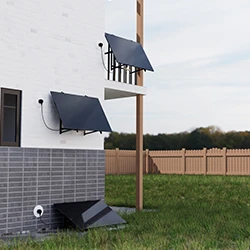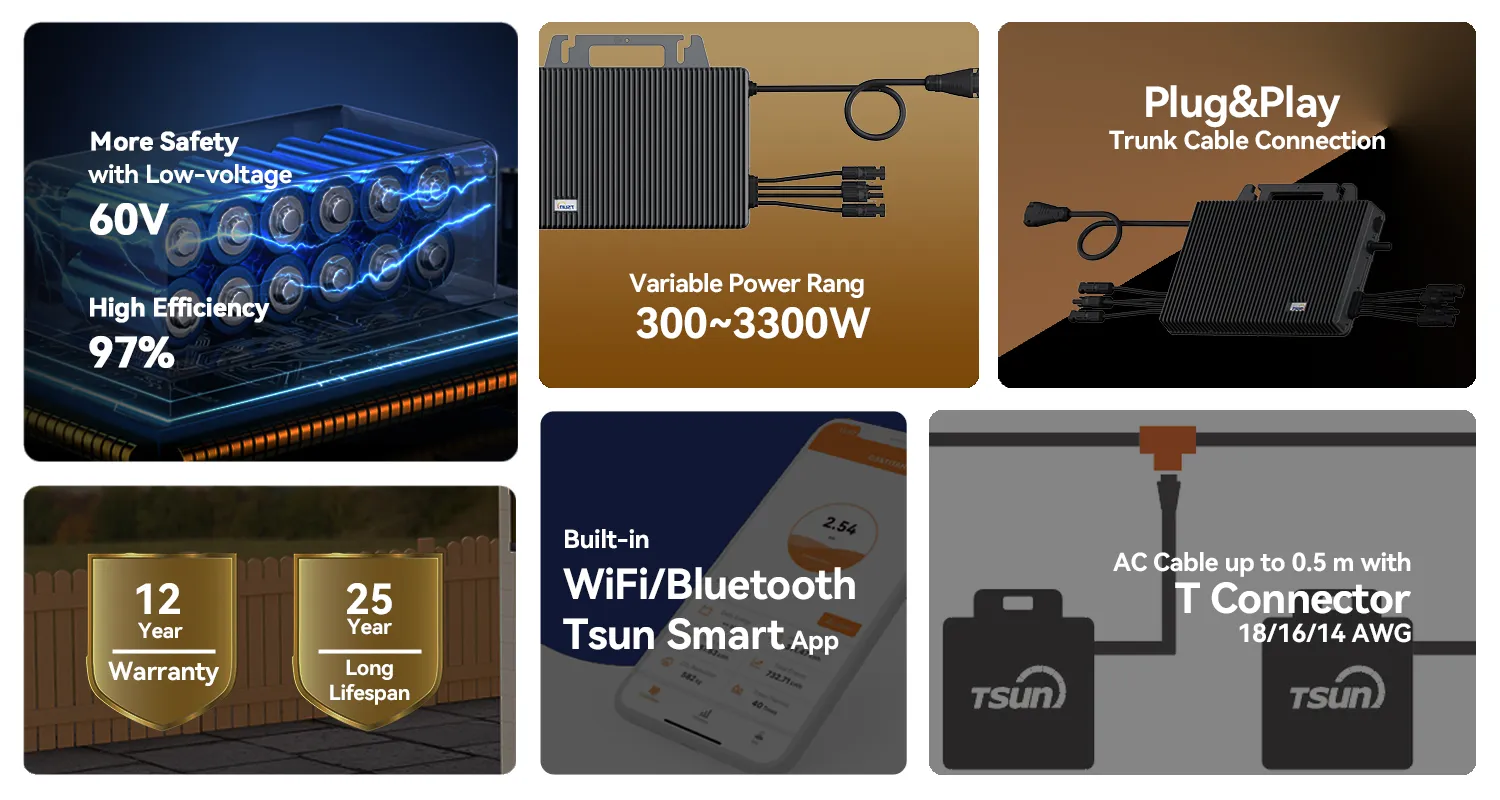The microinverter design is revolutionizing how we think about solar energy systems. Unlike traditional string inverters that handle multiple panels, microinverters are dedicated to a single solar panel, optimizing its performance individually. This significant shift in solar technology design offers numerous advantages and a few considerations for installation and operation, making it a vital discussion point for professionals in the solar energy sector.

One of the key advantages of microinverters is their ability to maximize power output. Each solar panel's performance can be affected by varying factors such as shading, debris, or orientation. A microinverter ensures that the underperformance of one panel doesn't affect the entire array. This design leads to enhanced efficiency and can increase the overall energy harvest by up to 25% compared to traditional systems. For businesses and homeowners, this increase translates to higher savings on electric bills and a faster return on investment, reinforcing the financial sustainability of solar installation projects.
Furthermore, microinverters enhance system reliability and safety. Their modular nature means that if one microinverter fails, the rest of the solar array continues to operate. This contrasts with string inverter systems, where a single failure can halt the performance of the entire circuitry. In terms of safety, microinverters typically convert DC to AC power directly at the panel level, reducing the risk associated with high-voltage DC runs. This feature significantly minimizes fire hazards and is an important consideration for installations in residential areas.

Recent advancements in microinverter technology have also improved their ease of installation. With fewer components and simplified wiring, they allow quicker setup times and reduce labor costs. This is a win-win for installers and consumers, as it minimizes disruption and speeds up the path to energy savings. Installers have reported that microinverter systems cut installation times by as much as 30%, providing more profitability in a competitive market.
One of the primary challenges with microinverters is the cost. As of the latest market trends, microinverters generally have a higher upfront cost than string inverters. However, many industry experts argue that the increased energy yield and system reliability can offset these initial expenses over time. Additionally, the continuous advancements and growing popularity of microinverters are leading to more competitive pricing.
microinverter design
Another consideration when adopting microinverter design is to ensure compatibility with existing solar panel technology. Working closely with manufacturers to verify compatibility can prevent potential issues and optimize system performance.
In terms of durability and maintenance, microinverters are built to high standards, typically with a warranty of 20 to 25 years. This longevity is crucial as they are often installed in difficult-to-reach places. Monitoring and maintenance are facilitated by built-in communication systems, allowing for real-time performance tracking and easy troubleshooting if issues arise.
The adoption of microinverter design has also positively impacted grid management. By controlling the output of individual panels, microinverters support advanced grid functions, such as frequency and voltage regulation, which are essential for integrating renewable energy sources into broader electric grids efficiently.
Industry case studies provide compelling evidence of microinverters’ effectiveness. For instance, a large commercial solar installation in California showed a 30% increase in energy output during the first year after switching from string inverters to microinverters. This case study underscores the potential economic and performance benefits.
Microinverter design in solar energy systems balances the need for high performance, safety, and long-term reliability. For industry professionals, the adoption and installation of these systems offer a pathway to enhancing solar energy utilization. It's imperative to stay informed about technological advancements and market trends to leverage microinverters' full potential, ultimately contributing to more sustainable and efficient energy solutions.
 LEARN DETAILS
LEARN DETAILS



